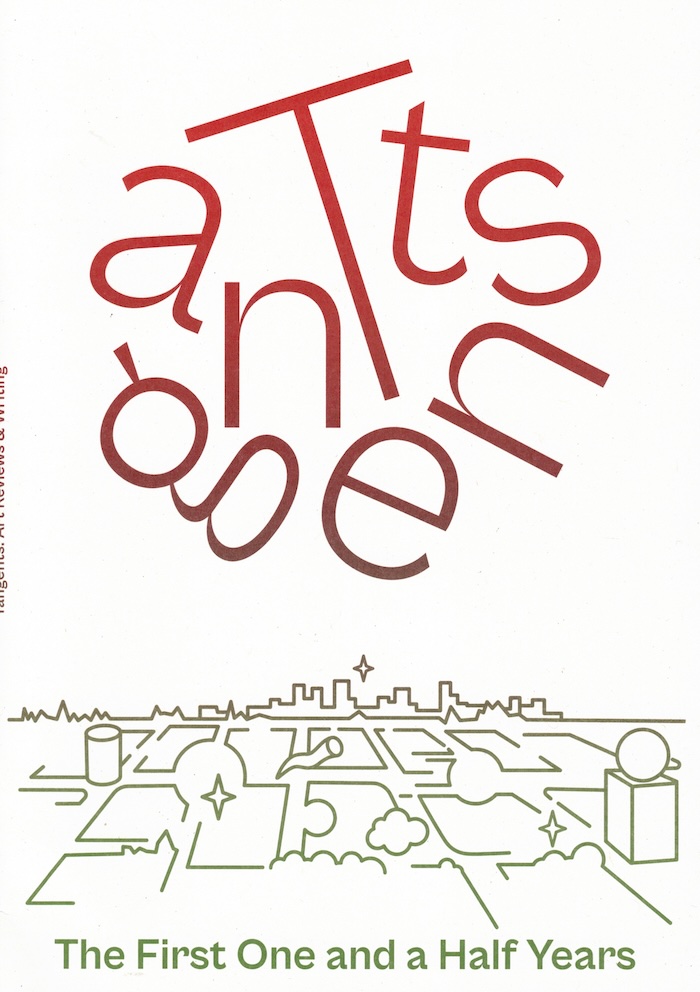
The Carrier Bag of Recipes
To write, to boil, to cook ideas, stir them all, spice them up with some references and again write and knead the dough out of it. To what forms can recipes lead? This is the central question of this thesis. Recipes follow a certain literary genre. Whether carved on stones or written along the horizontal edges of a notebook, they all conform to a specific structure. In the text I analyse these structures, to show the way in which the recipe itself unveils its deeper meanings, concerns, and secrets. Why, when, who and how are fundamental questions I ask, while I read out loud a recipe about macaroni from the 1495 – or when I look at a Sumerian tablet where a Cuneiform system of writing states that epilepsy is a tease of the demons. Material form, literary form and social interaction are the flavors I want to bring up from each recipe I use as an example, hoping to find a way to understand how these three elements are melted together to form an interconnected circle.
Published Nov, 2021.
Language: English







